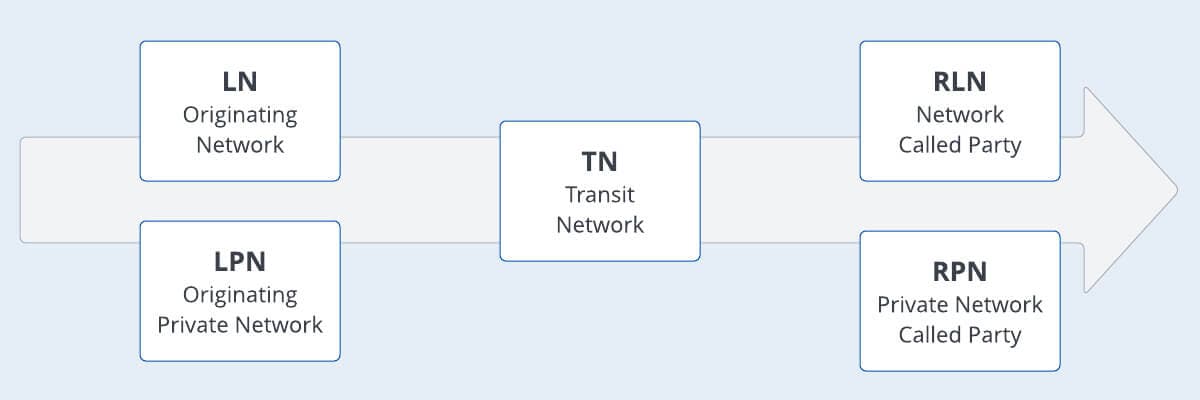SIP 603+ specifications updated
The TRACED Act requires immediate call blocking notification. An updated version of the SIP decline message, dubbed “SIP 603+” has been proposed. Would this be sufficient for notification and redress? In this article, we summarize the proposal so you can decide.
We originally published this article on March 16, 2022. This updated version reflects changes to the draft standard published on June 7, 2022.
SIP 603+ example
The reason phrase for the SIP 603+ message is Network Blocked. This replaces the Decline reason phrase used in a standard SIP 603.
A Reason Header is added to the SIP 603+. Here’s an example:
Reason: Q.850;cause=21;text="v=analytics1;email=redress@provider.com;id=e0c1913c-b39c-4ca4-bcaa-20c9d60e4e26";location=LN
Let’s highlight sections of this example to help explain:
Reason: Q.850;cause=21;text="v=analytics1;email=redress@provider.com;id=e0c1913c-b39c-4ca4-bcaa-20c9d60e4e26";location=LN
- Elements in yellow are required.
- Elements in blue require something, but there are options for what can go there.
- Elements in green are optional.
That’s it. There are four key-value pairs (reason, cause, text, location) and the text value contains either two or three key-value pairs within (v, contact type/value, optional ID).

1. Reason key and location key
The first part in blue enables network software to identify this information as a call blocking notification. This part of the specification changed in the June 7 update. Now allowed values can be either:
- Reason: Q.850;cause=21
- Reason: SIP;cause=603
The Q.850;cause=21 value was the only option in the original specification. The SIP;cause=603 option was added. These codes enable interoperability with different types of equipment, such as gateways.
The location parameter at the end of this example identifies where the call was blocked along the call path. Options for the location parameter value include:
- LN — originating network
- TN — transit network
- LPN — originating private network
- RPN — private network serving the called party
- RLN — network serving the called party

Fig 1. SIP 603+ Blocking Location Codes—Where Was The Call Blocked?
2. Blocking contact and type
The call blocker must identify themselves in the SIP 603+ with at least one of the following:
- Email address, such as “email=redress@provider.com”
- Website address, such as “url=https://provider.com/call-blocking/”
- Telephone number, such as “tel=+14045551212”
The call blocker may provide more than one of these contact types if they wish. However, they must provide at least one. If they provide multiple contact references, there must be only one of each type, e.g., email, url, tel.
3. Blocking event identifier
The call blocker may include an identification code if they wish. This would help them track down the call blocking event if the block is challenged by a caller with a redress request.
Would SIP 603+ be sufficient?
SIP 603+ is clearly a big improvement over a plain old SIP 603. Would it be sufficient to satisfy the redress requirements in the TRACED Act? This is an ongoing discussion between stakeholders and the FCC.
TransNexus solutions
TransNexus is a leader in developing innovative software to manage and protect telecommunications networks. The company has over 20 years’ experience in providing telecom software solutions including toll fraud prevention, robocall mitigation and prevention, TDoS prevention, analytics, routing, billing support, STIR/SHAKEN and SHAKEN certificate services.
Contact us today to learn more.
Our STIR/SHAKEN products:
- Work with your existing network
- Support SIP and TDM
- Affordable, easy to deploy